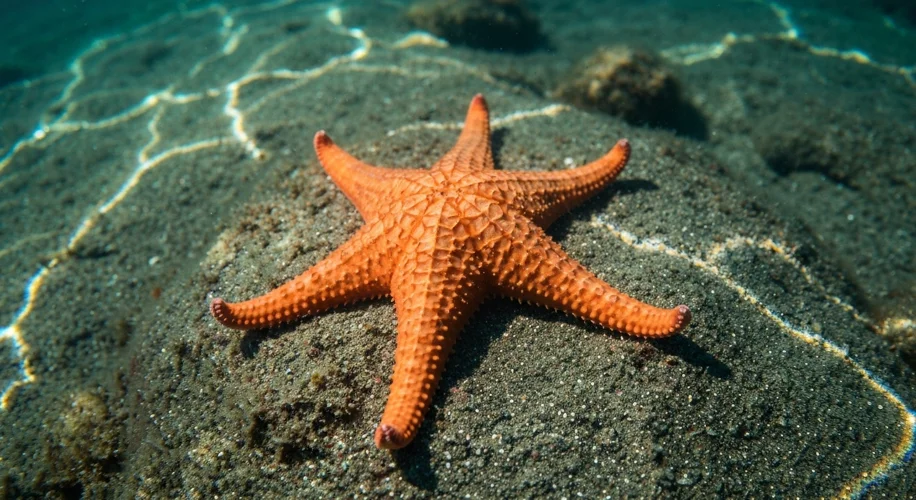Did you know that sea stars, those iconic creatures of our tide pools and ocean floors, have been facing a devastating crisis? For years, a mysterious illness known as Sea Star Wasting Disease (SSWD) has been wiping out populations across the globe. It’s been heartbreaking to see these vibrant animals disintegrate before our eyes.
But there’s good news! Scientists have made a significant breakthrough: they’ve identified the culprit behind this widespread devastation.
Unmasking the Culprit: A Tiny Pathogen
The primary suspect, and now confirmed, is a type of virus called a densovirus, specifically a marine densovirus. These microscopic agents are incredibly efficient at replicating and spreading, and sadly, they’ve proven to be a major threat to many species of sea stars.
How Does It Work?
When a sea star is infected, the virus attacks its tissues, causing a cascade of debilitating symptoms. You might see the sea star lose its grip, retract its arms, develop lesions, and eventually, its body can essentially dissolve. It’s a truly gruesome process, and it happens surprisingly quickly.
The Scale of the Problem
This isn’t just a localized issue. SSWD has impacted sea star populations from the Pacific Northwest all the way down to Mexico, and has been reported in other parts of the world too. Some estimates suggest that in certain areas, over 90% of sea stars have perished. This loss is not just a tragedy for these animals; sea stars play a crucial role in maintaining the health of intertidal ecosystems. They are often ‘keystone species,’ meaning their presence has a disproportionately large effect on their environment. For instance, they help control populations of mussels, preventing them from outcompeting other organisms on the rocks.
Why Now?
While scientists suspected a pathogen was involved for a while, pinpointing the exact virus has been challenging. It requires advanced genetic sequencing and large-scale studies to connect the dots between the disease and the specific viral DNA. The recent advancements in these technologies have finally allowed researchers to definitively identify and confirm the marine densovirus as the main driver of SSWD.
Hope on the Horizon
Knowing what causes the disease is a massive step forward. It opens doors for developing potential conservation strategies. While a cure isn’t yet on the table, understanding the transmission and impact of the virus can help us:
- Monitor outbreaks more effectively: Identifying infected individuals or areas can help us track the spread.
- Protect vulnerable populations: We can focus conservation efforts on areas that might be less affected or on species that show some resistance.
- Predict future events: With more data, we might be able to anticipate outbreaks based on environmental factors or population densities.
This breakthrough is a testament to the hard work of marine biologists and virologists around the world. It’s a reminder of how much we still have to learn about our oceans and the delicate balance within them. While the road to recovery for sea star populations may be long, this newfound knowledge gives us a fighting chance to help protect these fascinating creatures and the ecosystems they call home.

